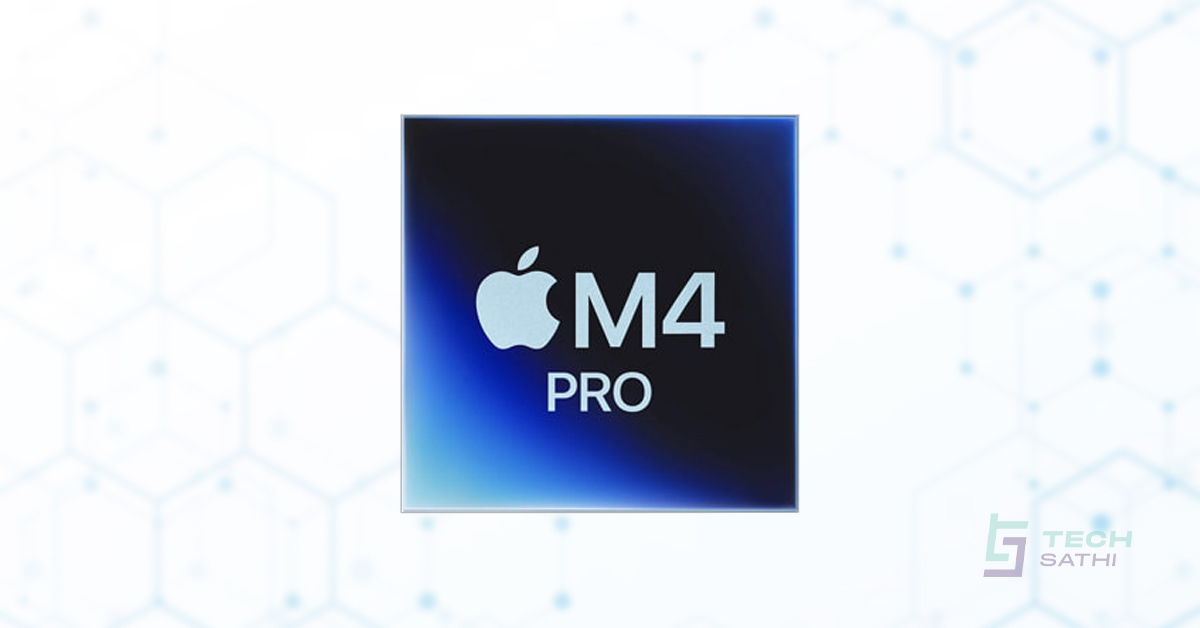Swasti, who has been using a prepaid dollar card to run Facebook ads for her online jewelry store, says that her dollar card is reaching its limit within 6 months of issuance. Since the price of the US Dollar is a record high in 2022, she is fearing that she will run out of her marketing funds as she needs to pay more Nepali rupees while loading her prepaid dollar card these days.
She shares,
“I used to load $100 each time on my prepaid dollar card. I have been solely using this to run Facebook and Instagram ads for my business. A few months before, loading $100 used to cost around Rs 12,200 (excluding loading charges from the bank). Now, the same $100 costs me nearly Rs 13,000 because the price of the US Dollar is also increasing. In this way, I am losing more money bearing heavy ad costs. Sometimes, I wonder how the digital marketing agencies are managing their clients!“
A high amount of Nepali money is outflowing from Nepal in the form of imports and various financial payments like this.
Monthly NRs 4 Crores is leaving the country through Prepaid Dollar Card
Recently, Nepal Rastra Bank’s monthly statistics have revealed that more than NRs 4 crores per month is outflowing from the country through prepaid dollar cards.
Prepaid Dollar cards have been come into since April 2021 (Chaitra 2077) in Nepal. Nepal Rastra Bank has allowed making international payments through the Prepaid Dollar Card not exceeding the annual limit of $500.
The concept of the Prepaid dollar card was announced by Nepal Rastra Bank’s Governor Maha Prasad Adhikari in Digital Economy Conclave in November 2019. This had the objective of allowing an International Payment Gateway for Nepali users so that they can make payments for e-commerce or buy the subscriptions of various courses and other platforms.
Following this, NRB issued a circular for the banks on March 21, 2021, indicating all the guidelines to issue cards from Class A, B, and C BFIs. Since then, the banks have been issuing prepaid dollar cards to Nepali customers.
Unlike debit/credit cards, you can not use this card in the POS machine or ATM. It is only used for paying online for the services you purchase digitally. Also, this card is solely authorized as an International Payment Gateway by Nepal Rastra Bank.
More than 35,618 dollar cards have been issued by the banks between the period of 2077 Chaitra and 2079 Jestha. Each bank charge Rs 1000 at the issuance of a Prepaid Dollar card and Rs 500 each time you load it.
While the dollar card was introduced during the period when Nepal has a high foreign currency reserve in the month of 2077, it is one of the major sources of capital outflow in recent years.
With the present foreign exchange reserve of USD 9.45 billion, Nepal is able to finance the import of just 6 months.
It is high time to watch out for your spending pattern through Prepaid Dollar Card
Apparently, most of them have issued this card for making payments for running social media ads like Facebook, and Instagram, and for buying goods from e-commerce sites. As this card is accepted on this platform due to its direct payment being made in US dollars, a typical Nepali can access most of the e-learning platforms like Coursera, Udemy, Google, edX, etc without the help of any intermediaries for payment.
And some of the users make payments for the subscription of video streaming platforms like Netflix, Amazon Prime, etc.
Apart from that, NRB has allowed freelancers earning money in the form of US Dollars to receive their income directly to the card. While they can deposit the money in their dollar account, they can only make annual expenses through this card up to $500 maximum.
If the foreign exchange earned in this way exceeds the convertible foreign currency of USD 5,000 or equivalent, the excess amount must be credited to the cardholder’s bank account.
All of the 27 commercial banks provide a dollar card to you once you submit all the details and documents required. Whether you apply from your personal account or a company account, you can get a prepaid dollar card. Seeing this as an opportunity, most small business owners issued cards from their family members and have been enjoying international payments.
However, the ongoing trend of using dollar cards to pay for international purchases like e-commerce goods, running social media ads, etc has somehow contributed to the rising deficit of foreign exchange reserves. While there is a dire need for the inflow of dollar income through the formal channel, most people (mainly freelancers) have been receiving amounts through their relatives/friends staying abroad or other informal channels.
The Budget for this coming fiscal year 2079/80 has indicated that 1% taxation will be applied to the income of people who earn through service export to the foreign country. In this regard, we need a parallel source of earning foreign currency as the money is overflowing outside Nepal in the form of imports and other payments.
The true essence of introducing prepaid dollar cards would be justified only if it is used for making necessary and productive payments like for buying courses, merchandise from e-commerce, etc. Rather than paying for your Netflix subscription through your prepaid dollar card, it would be wiser to pay for a Udemy course and pay through it.
Have you got your prepaid dollar card? Which purpose are you using it for? How much amount do you load in it at a time? Are you satisfied with the annual limit of $500 on prepaid dollar cards? Feel free to share with us.




One thought on “Prepaid Dollar Card- Necessity or a Luxury for Nepali?”